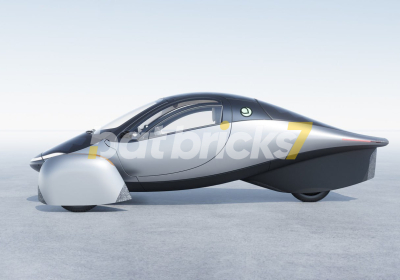NASA's Artemis Mission, Astronauts will have Cars! which are Human-rated, unpressurised Lunar Terrain Vehicle (LTV) to help them Explore more Surface of the Moon and make a Variety of Scientific Discoveries

Cars on the Moon! NASA tests driving vehicle for lunar surface
HOUSTON During NASA's Artemis mission, astronauts will have cars which are human-rated, unpressurised Lunar Terrain Vehicle (LTV) to help them explore more surface of the Moon and make a variety of scientific discoveries.
Engineers at NASA's Johnson Space Centre in Houston are creating an unpressurised rover prototype, named the Ground Test Unit, in preparation for upcoming crewed Artemis missions.
The testing unit will use a versatile structure to mimic and assess various rover ideas for utilisation starting from Artemis V.
In April 2024, NASA chose three vendors Intuitive Machines, Lunar Outpost, and Venturi Astrolab as part of the Lunar Terrain Vehicle Services contract to provide rover capabilities for astronauts on the moon.
Although the test unit will not travel to the Moon, it will aid in creating more rover prototypes for NASA and the three companies to make progress until one provider is ready.
Furthermore, data obtained from GTU testing is used by NASA and commercial companies to further develop their rover designs.
It functions as an engineering test platform for LTV providers to test crew compartment design, rover maintenance, and payload science integration, among other aspects.
Jeff Somers, the Ground Test Unit's engineering lead, stated that the unit will assist NASA teams in testing and comprehending rover operations on the lunar surface before Artemis missions. The GTU enables NASA to make informed purchases, allowing for testing and evaluation of rover operations in collaboration with LTVS contractors and their hardware.
The requirements of the LTVS contractors are in line with the capabilities of the current GTU.
Just like the test unit, the vendor created, LTV should be able to accommodate two crew members, be capable of remote operation, and incorporate various control concepts including drive modes, self-leveling, and supervised autonomy.
Testing the capabilities of a NASA prototype of the Moon vehicle on Earth enables multiple teams to gain engineering experience with rover hardware.
After the success of the Apollo Lunar Roving Vehicle in the 1970s, NASA has developed new rover concept vehicles for the next generation, like the GTU.
Test vehicles like the GTU with crews on Earth assist NASA in discovering novel methods for astronauts to live and work safely and efficiently on the Moon, as well as eventually on Mars.
As vendor designs progress, testing can be done before missions go to the Moon, with the contracted LTV and GTU.
The presence of vehicles on the ground enables NASA to mitigate certain risks associated with adopting new technologies or implementing specific rover design features.
Human surface mobility aids in expanding the exploration range on the lunar surface, enabling missions to carry out more research and enhance their contribution to the scientific community. NASA will use Artemis to send astronauts to the Moon for scientific research, technological advancement, economic opportunities, and to prepare for future missions to Mars, with a focus on diversity.







